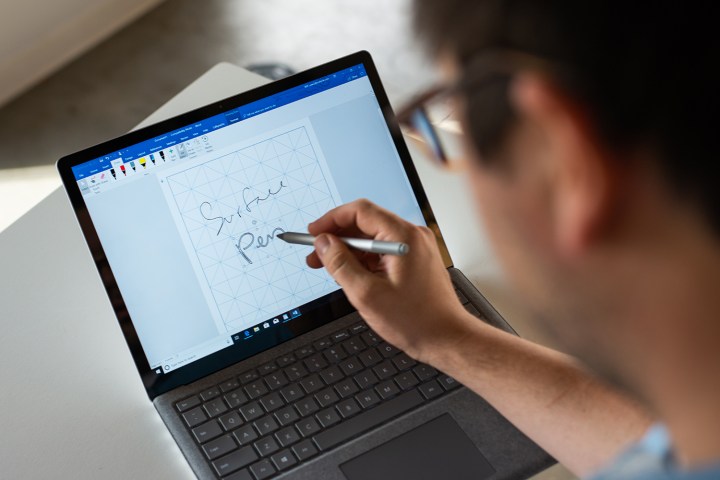
Microsoft introduced an emoji picker with the Windows 10 Fall Creators Update, but it is about to get a lot more useful for beta testers. The latest Windows Insider fast ring build, 18305, is bringing the ability to choose from a selection of kaomoji, the popular group of emoticons and symbols that originated in Japan.

Though still unstable and buggy, the newest beta build can be downloaded and installed by enrolling in the Windows Insider Program. Once that is accomplished, all that needs to be done to summon the kaomoji picker is to press the Windows key and period key whenever in a text box. You’ll no longer have to manually type out characters, and will be presented with the ability to choose the kaomoji tab, where you’ll find selections like (╯°□°)╯︵ ┻━┻ (flipping the table) or ¯∖_(ツ)_/¯ (shrug.) As an alternative, you also can press the Windows key and semicolon key to go straight to the kaomoji selection tab.
Outside of the kaomoji, this beta release also introduces the ability to choose more selections for punctuation, currency, geometric, math, Latin, and other language symbols. Windows 10 will even recognize kaomoji, emoji, and symbols as you use them, and will populate tabs as you go along to help make them easier to select the next time around.
This same preview build also brings several other new features to the Windows experience. It introduces a new Sandbox Mode, which is a desktop environment for running applications in isolation from the rest of Windows 10 Pro and Enterprise. Building on the existing ability to run Microsoft Edge tabs in virtual machines, it promises to ensure that untrusted software can run without leaving an impact on a given PC.
“Any software installed in Windows Sandbox stays only in the sandbox and cannot affect your host. Once Windows Sandbox is closed, all the software with all of its files and state are permanently deleted,” explains Microsoft.
Aside from the kaomoji feature, there is a simplified Start layout, with fewer tiles and apps pinned by default after clean installing Windows 10. The ability to sign into Windows with a password-less Microsoft account, new recommended troubleshooting options, and an updated settings homepage with more system information wrap up the biggest changes introduced in this release.
These features are currently in beta testing with Windows Insiders, so there is no exact date for when standard non-beta testers can expect these features on their PCs. Microsoft typically depends on the feedback before pushing it out to everyone else. The next major Windows update is currently code-named 19H1, and given prior Windows 10 releases, it could likely be pushed out sometime around April. Microsoft recently missed the time frame for its October 2018 Update after encountering a set of bugs and glitches.

